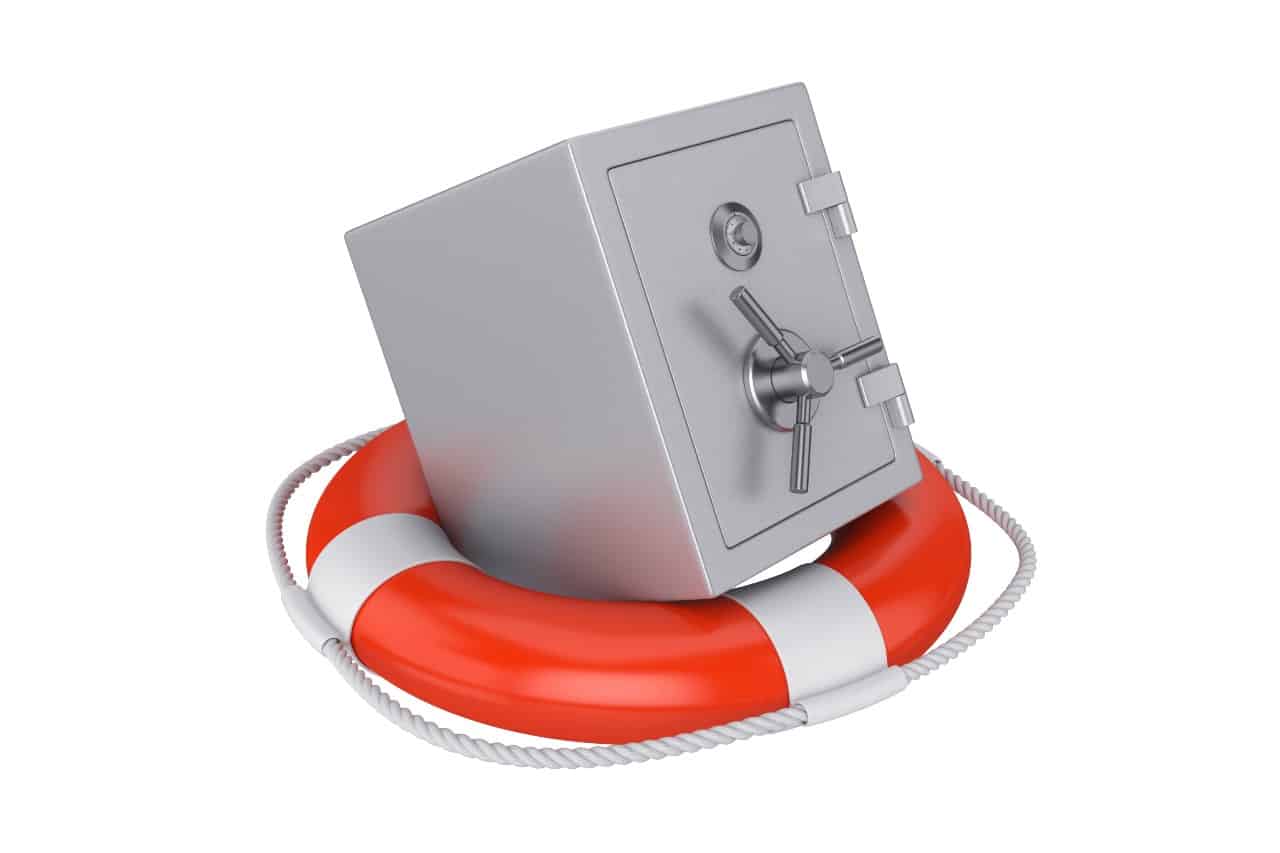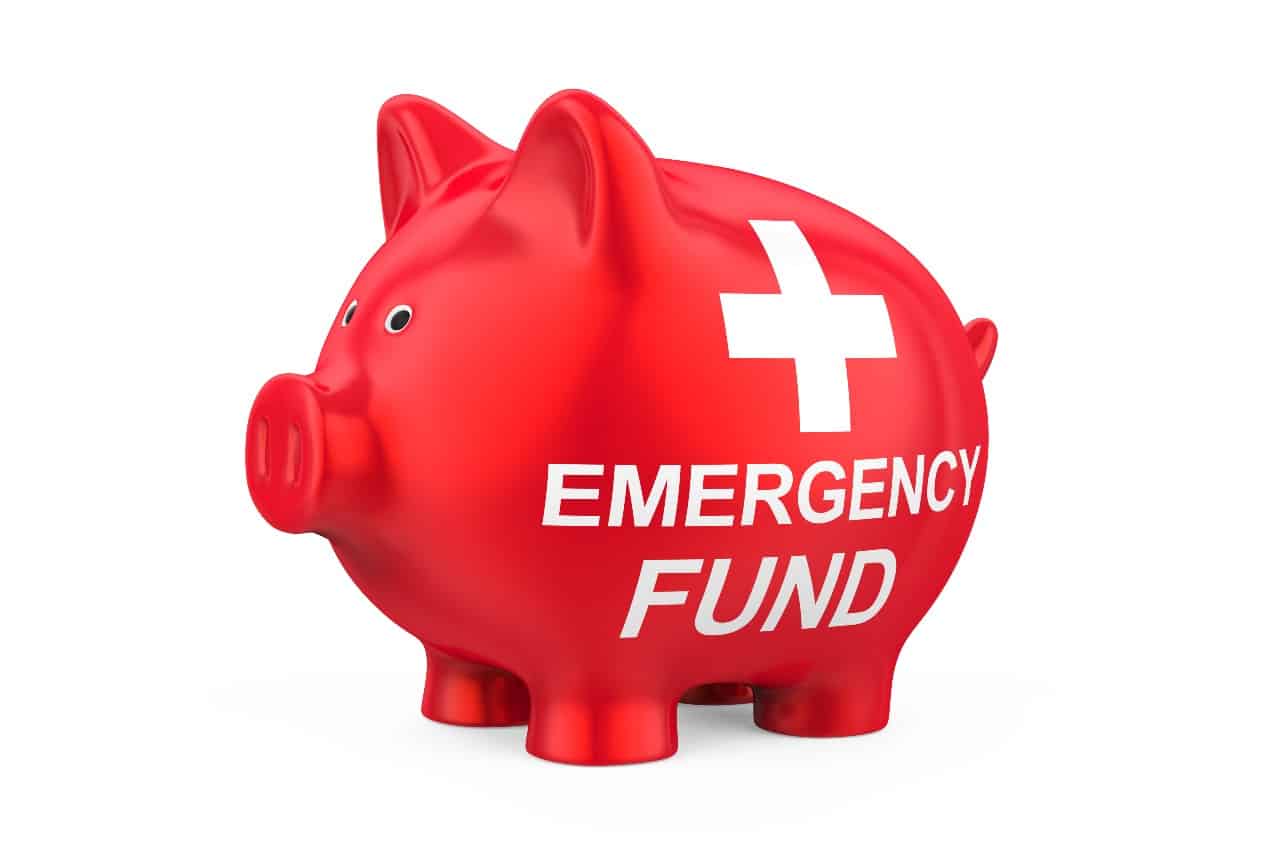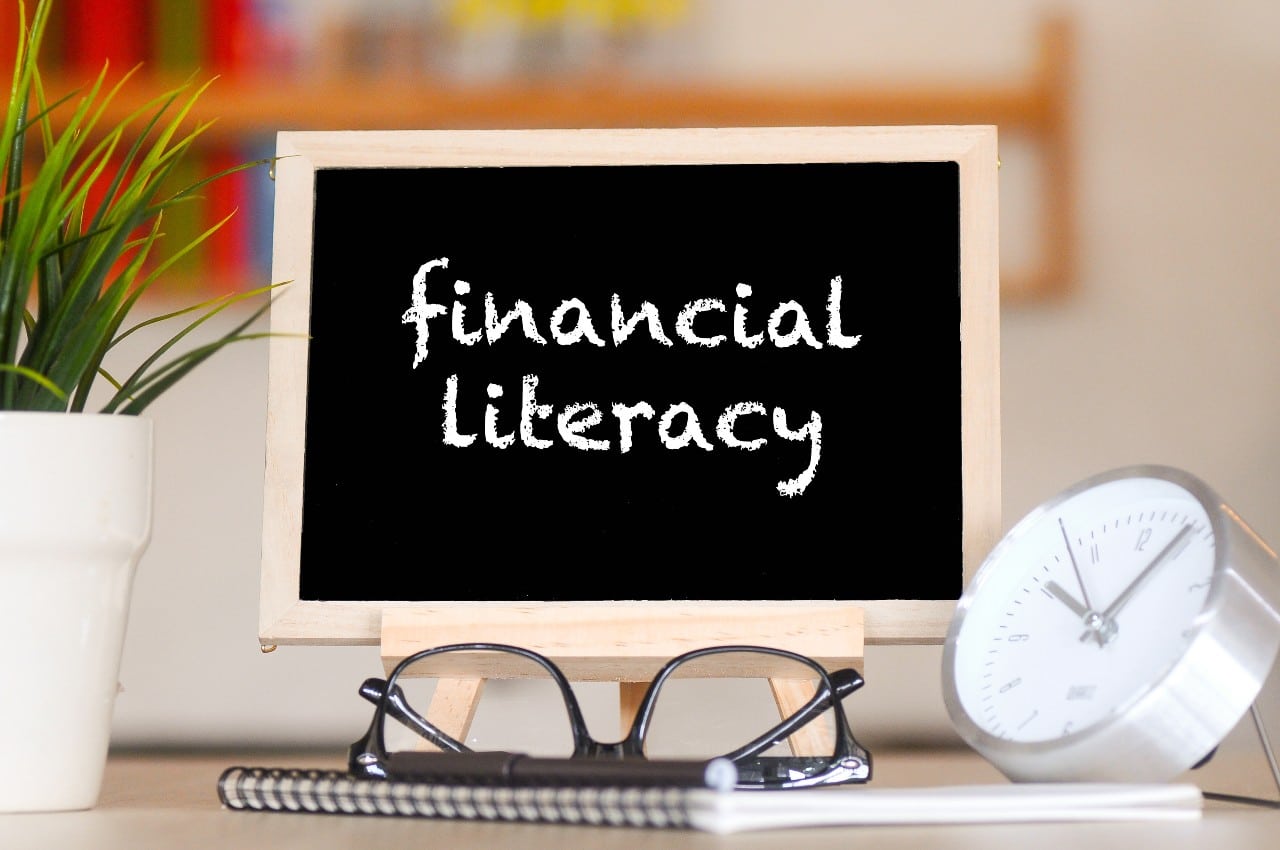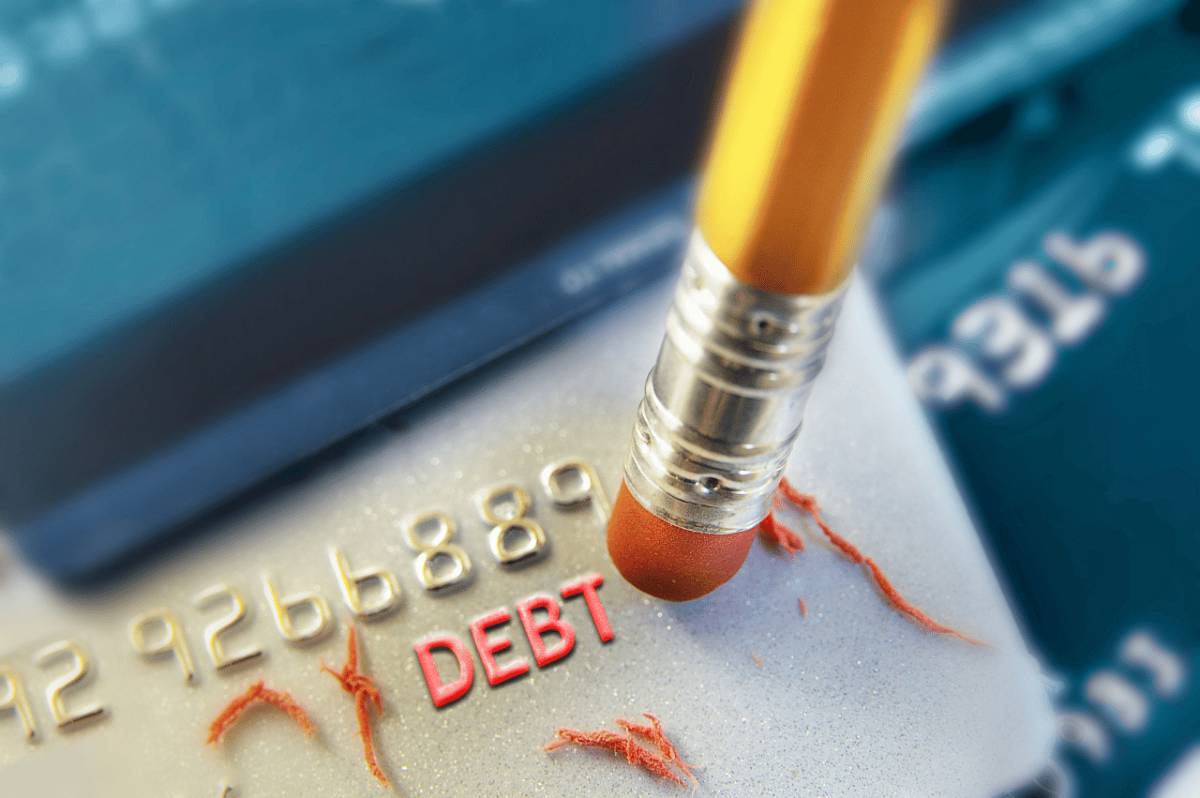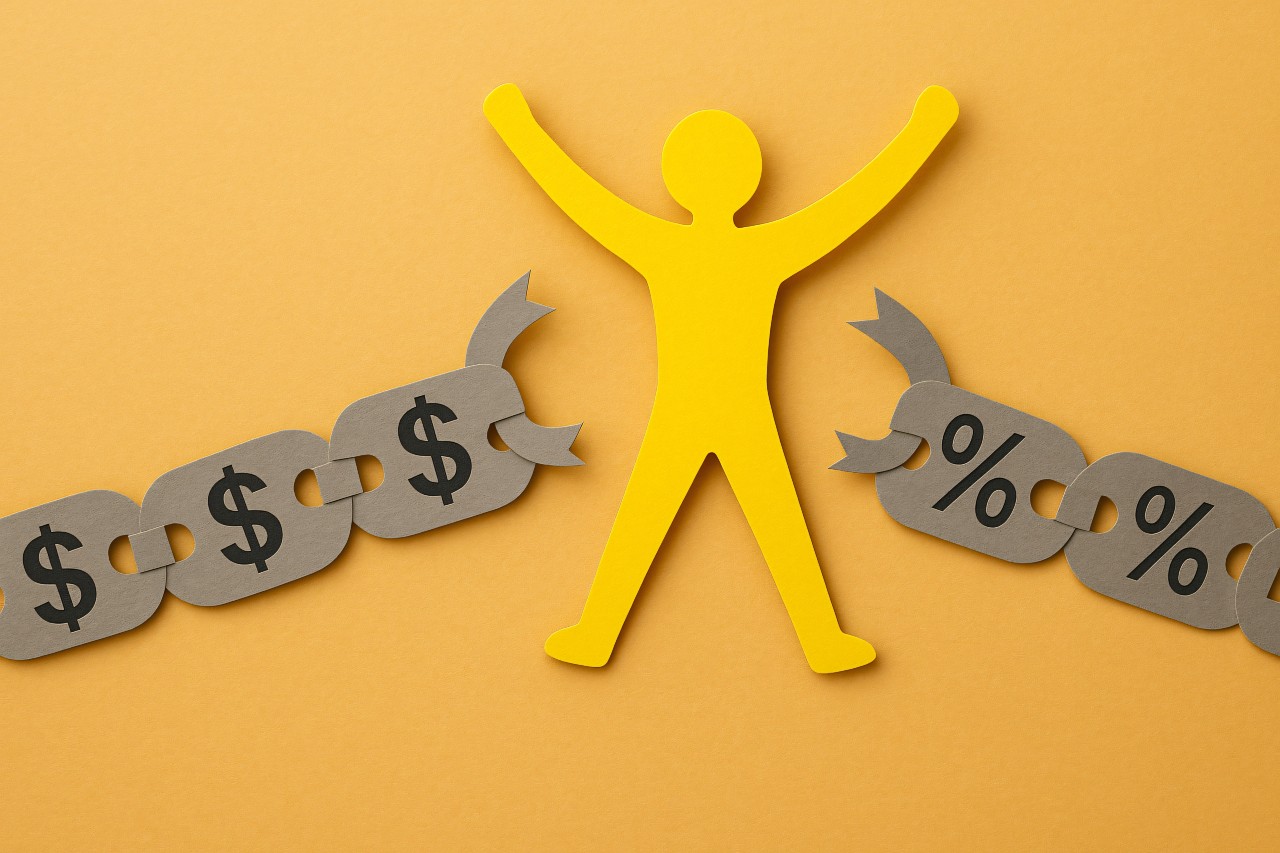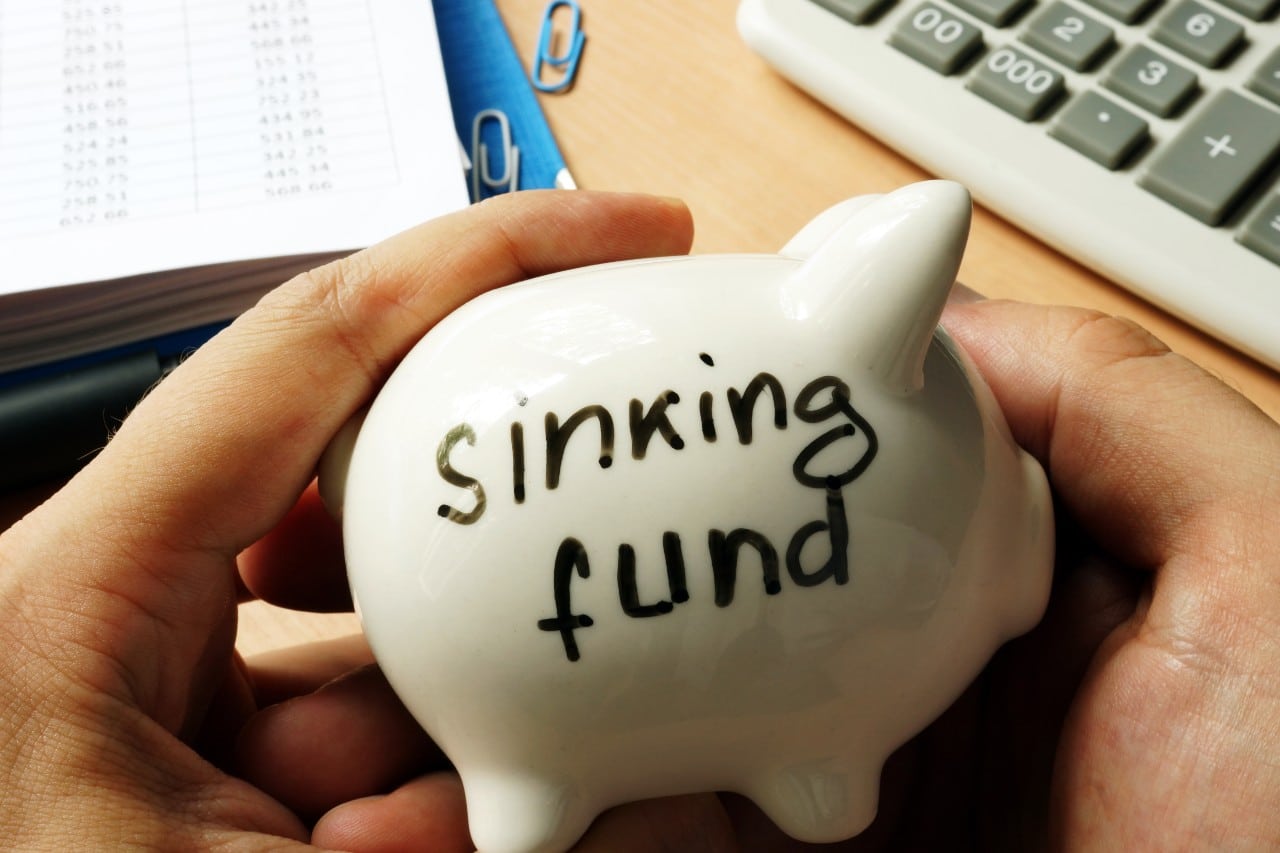You’ve most likely heard about having an emergency fund. If you have not, here’s a simple way to think of it.
An emergency fund is money you save for emergencies, not your everyday living expenses. You do not plan for emergencies; they happen out of the blue, unexpectedly.
When you have an emergency fund, you can offset unplanned expenses without financial anxiety. For example, if you suddenly lose your job or have your kitchen appliance breakdown, you can draw on these savings to pay your bills.
Keep reading to learn more about emergency funds, how much to save, where to save, and why they’re helpful.
How much should you save?
There is no universal rule regarding how much is sufficient for an emergency fund. You could need as little as $500 to pay for car repairs or as much as $5,000 for medical expenses. Even though there are no hard and fast rules, here are some guidelines and tips you can follow
What Is An Emergency?
An extreme emergency case is when you lose your job. In the case of a job loss, you can get temporary coverage from employment insurance. However, your emergency fund should cover your cost of living if you do not have alternative sources of income.
To play safe, you should aim to have enough to cover your day-to-day expenses for 3 to 6 months. You can start with a one-month buffer and grow your savings onwards. To determine your monthly living expenses, you need to build a budget.
Budgeting For Your Emergency Fund
Your budget outlines your income and breakdowns your expenses. Knowing what you spend in a month allows you to plan for these expenses during an emergency.
Building an emergency fund may take time, and that’s okay. The most important thing is you are consistent in saving. How much you contribute to your emergency fund depends on how much income you earn, your living expenses, and your savings target.
For example, suppose your budget shows total expenses for a month are $2,000. If you decide to build an emergency fund of 3 months of expenses, your savings goal will be $6,000 ($2,000 X 3).
Now that you know how much of an emergency fund you need you can figure out how much of your income can go towards it regularly.
Allocating your income depends on your financial goals. After covering your basic needs and recurring bills, you can determine how much you have left. That amount can be allocated between saving for specific needs or towards an emergency fund.
Tips For Success
To stay committed, you may move money to your emergency fund before spending on your wants. This will help keep it a priority and make it easier to achieve your goal.
It is important to make your savings goal time-bound. For example, to save $6,000, your income may allow you to contribute $600 monthly to an emergency fund consistently. In this case, it will take about ten months to meet your emergency savings goal.
Where to Save Your Emergency Fund?
Your emergency fund should be easily accessible and secure.
It is not recommended to invest this money in the stock market. The stock market is volatile, and you can lose money when you invest. Also, investing your emergency funds can tie up your money in illiquid assets.
A guaranteed investment certificate (GIC) may seem like a good way to invest your emergency funds. Although your principal is secure and guaranteed in a GIC, your money is tied up for a fixed term. When your cash is not easily accessible, it defeats the purpose of having money set aside for an emergency.
It is best practice to make your emergency fund liquid. However, leaving it in a regular savings account may result in low-interest rates on your deposits. Research savings accounts that have high-interest yields and allow you to access your money anytime you want.
A high-yield savings account, also known as a HISA, may be the best option to save your emergency funds. Compare different financial institutions. Select an institution that provides high-interest rates and guarantees your principal.
How To Open An Account for Your Emergency Fund
Opening an account for your emergency savings is straightforward. After you’ve identified a financial institution you want to use, it’s time to contact them. Call or visit a local branch.
Your financial institution will request your personal details, such as your name, address, social insurance number, and contact details. Some financial institutions require a minimum balance in your savings account. If that’s the case, check to see if this suits your financial situation.
As soon as you open your account, you can start depositing money into it. If you have determined how much you need to deposit monthly towards your emergency fund goal, you can automate your savings.
To make things easy it’s recommended that you automate your savings. The bank will take care of everything for you. On a regular basis, they’ll move an authorized amount from your current account to your emergency savings account. This makes for one less thing for you to do and more likely for you to achieve your goal.
Why an Emergency Fund is Important
An emergency fund is not just a fancy personal finance term, it is a savings buffer that ensures you are not financially vulnerable. With an emergency fund, you can quickly offset unexpected expenses like a plumbing issue or a car breakdown.
In the event of a job loss, you can fall back on your emergency fund to help pay your bills, rent, or mortgage and cover grocery expenses.
You may feel more in control of your financial life when you have an emergency fund. You’ll have fewer financial worries and anxiety and avoid taking on debt with high-interest costs.
Avoid using your emergency fund for planned expenses such as travel costs, buying a new bike, or eating out. A good practice to avoid this is to use a separate savings account. A separate emergency savings account also allows you to easily track your savings goals.
You can review your emergency savings goals as your financial goals change. You may increase or decrease your deposits depending on your current situation and other financial goals.
Finally, think of your emergency fund as a revolving buffer account. When you withdraw from your savings to offset an emergency expense, make plans to replenish it. Unexpected costs can spring up again.
Daily Tasks
Building an emergency fund can be a fairly involved process. To avoid overwhelm, break down the process and do a little each day. Here’s what that can look like.
Day One: Calculate How Much You Should Save
An emergency fund is simply savings you can use to pay for unexpected expenses such as a broken car or kitchen appliance. If you lose your job or decide to take a break from working, emergency savings can also come in handy. There is no universal rule to calculate how much you need for an emergency fund. A good rule of thumb is to save at least three to six months of your monthly expenses or income.
Daily Task
Calculate a target:
- Determine your monthly expenses
- Multiply your monthly expenses by 3 or 6
Day Two: Figure Out How Much You Can Contribute Each Month
Allocate a percentage of your monthly income toward building your emergency fund. How much you save depends on your income, monthly expenses, debt, and other savings or investment goals.
Daily Task
How to calculate how much you can put towards an emergency fund:
- Determine your total monthly income
- Subtract your monthly expenses
- Subtract amounts for high-priority financial goals, such as paying debt
- Determine how much of your remaining income can go toward your emergency savings
Day Three: Research Places To Save
Your emergency savings should be readily accessible and safe. Generally, you should not invest it in risky assets as you can lose money. Assets like stocks or bonds can be volatile and illiquid.
Leaving your emergency savings in a regular savings account may yield minimal interest. A guaranteed investment certificate (GIC) may yield higher interest but your savings may not be readily accessible.
A better alternative for an emergency fund is a high-yield interest savings account (HISA). A HISA has higher interest than a regular savings account and your deposits are secured.
Daily Task
Find reputable financial institutions with high-interest savings accounts and compare your options.
Day Four: Open An Account
Opening a separate account for your emergency fund prevents you from meddling with your savings. It also allows you to track your progress ias you save.
Now that you’ve compared high-yield savings accounts from various banks and credit unions it’s time to open an account with the one you choose. The financial institution you open an account with will request personal details, such as your name, address, occupation, and social insurance number (SIN).
Daily Task
Call a financial institution or walk into a branch to open an account for your emergency fund. Some banks allow you to open an account online. Now you’re ready to start regularly depositing funds into your new account.


